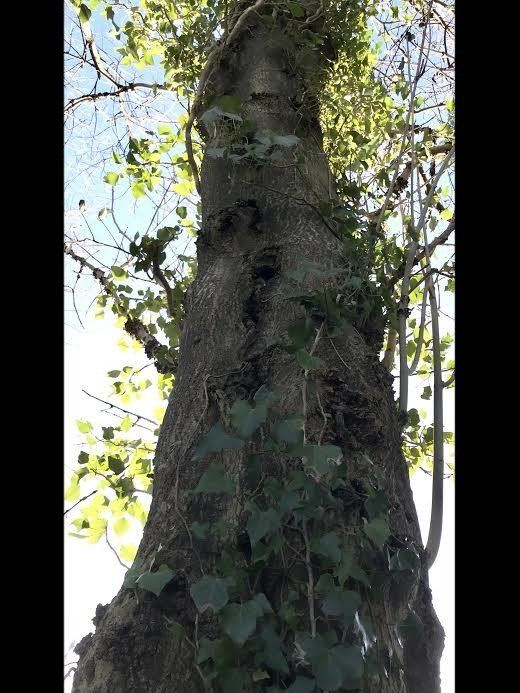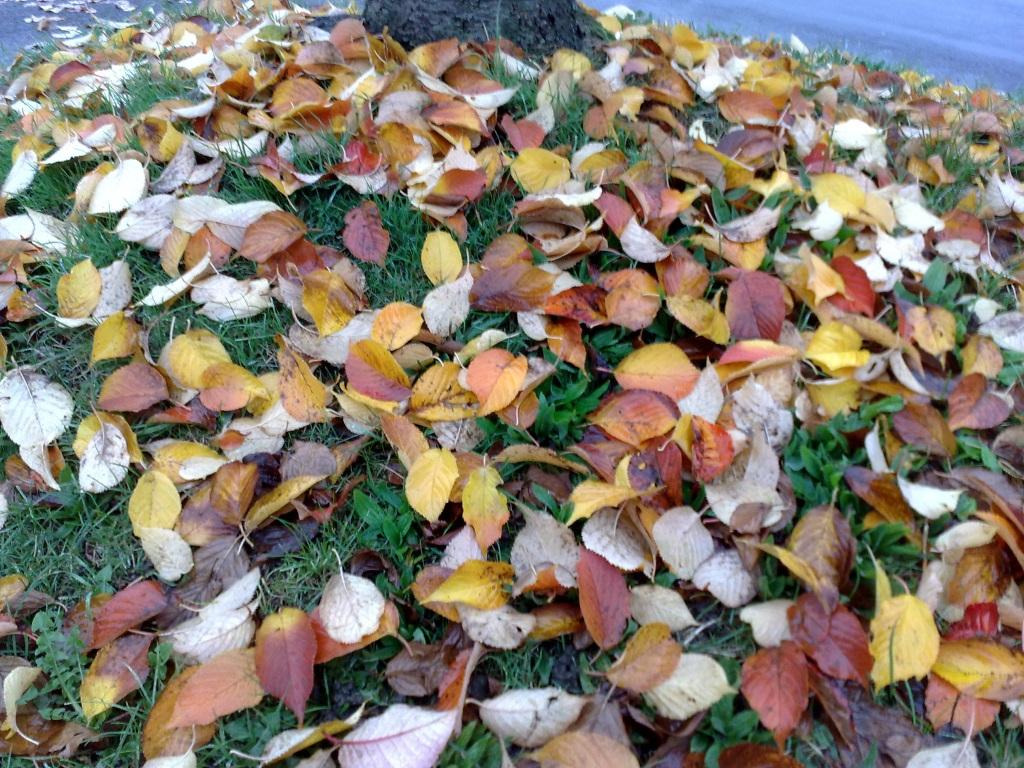
Gazing through the window in the depths of winter, it can be hard to imagine the profusion of lush growth and colour of the garden at the height of the summer. Here in coastal South Wales, Jack Frost seldom visits, though a late frost last year affected a good number of privet (Ligustrum ovalifolium) hedges in the region. Privet is a stalwart of UK hedging; robust, fast growing, dense, and reliable, but in 2017, new growth was reduced to blackened tips. A number of our customers feared that their hedge was done for, or had fell victim to a disease or pest. Fortunately, the privet bounced back from this frosty spring sting, but it makes you think - you don't appreciate what you have until it has gone A real concern for our hedgerows is Chalara ash dieback; caused by a fungus called Hymenoscyphus fraxineus (referring to the Fraxinus genus given to ash trees), which causes diamond shaped bark lesions, loss of leaves, and crown dieback in affected trees. The infection is usually fatal, either as a direct cause of the fungus' effects, or by weakening the tree and leaving it open to attack by other pests or pathogens The fungal spores are carried on the wind, and movement of diseased ash plants by human means. It is present across the EU and beyond, with the first UK case confirmed in 2012. The disease has affected Wales more than any other part of the UK, and is present in around 75% of all areas of Wales. More information, and details of how to report sightings of the disease can be found at Woodland Trust. I have personally worked on several trees infected by ash dieback. It is a sorry sight. I hope that something can be done before these majestic giants disappear from our landscape. In the industry, there is a fear that this could be the next Dutch elm disease - a plague that necessitated the development of tree surgery from a fairly low-tech industry to what it is today. They say that technology leaps forward in times of war, with each side ploughing time money and brainpower into development. Dutch elm disease was analogous to that for the arboriculture industry, but thankfully without the bloodshed. We tree surgeons will surely have our work cut out dismantling these giants in the coming years. Much love, Gareth

When we decided to form a gardening business, we wanted to put an emphasis on providing a green and naturalistic service, using certain tools and new and traditional methods to achieve this goal. There is a growing movement that advocates a more holistic attitude to gardening, with many initiatives and newspaper articles teaching us to leave log piles for creatures to hibernate and shelter in, build bee boxes and bug hotels to attract beneficial insects to the garden, and grow plants that attract pollinators to your plot. In this vein, we have compiled a list of measures that we all can employ in our gardens to offer nature a helping hand. Permeable Paving Made from recycled plastic, this paving comes in all shapes and sizes, the most common being 1sq m interlocking blocks. These can be filled with soil or gravel and offer a long lasting and practically indestructible; they can even be used for parking areas. They are less slippery than decking, do not leach harmful chemicals into the soil like concrete, and allow rainwater to permeate, preventing flooding and run-off. They are also very reasonably priced and easily installed. Native Hedging The most common types of urban hedging in the UK are conifer (usually Leylandii), privet, and laurel. These are usually chosen due to their fast growth and evergreen nature, but there are many native hedging species that are far more beneficial to wildlife, and which can be used for culinary purposes. You can chose a single species for a formal look - hawthorn, beech, and hornbeam all clip up smartly, and the latter two keep their autumn foliage until the new leaf buds burst in spring - or alternatively a mixed hedge, with scope to include blackthorn (for sloe gin), crab apple (for jelly), damson (for jam and a homemade alternative to Ribena), dog rose (for rosehip syrup), elderberry (for syrup from the berries in autumn and delicious cordial from the flowers in spring), hazel (for cob nuts), and cherry plum and wild pear (for jams, liqueurs and syrups). Needless to say our native wildlife will also enjoy the sustenance such a hedge brings. Delaying Autumn Tidying As the year draws to a close and winter looms on the horizon, it is tempting to cut down any dead stalks or stems and rake and burn or otherwise dispose of fallen leaves. Pause for a moment and consider the gifts that autumn bestows on the garden: ready made shelter for tiny predators such as earwigs, spiders, and centipedes to survive the coldest of Welsh winters; mulch to retain heat and moisture in the top layers of the soil, and food for worms to break down and take back down into the lawn as fertiliser. Alternatively, collect your leaves in a black bag, punch a few holes in it, and in 12-24 months time you will have gorgeous, aromatic leafmould; a mulch, soil improver, autumn top-dressing for lawns, or winter covering for bare soil. If you would like to talk about this or any other gardening or tree-related matter, please get in touch.

Hi everyone! Here at Hedd, we believe in community and sustainable horticultural practices. This blog will inform, educate, and hopefully entertain anyone interested in gardening and tree care, providing insight into what it takes to keep a garden looking fabulous and buzzing with life - both human and otherwise! Thank you for stopping by, remember to check back regularly, and like our facebook page for regular updates and offers. Much love, Gareth

Gazing through the window in the depths of winter, it can be hard to imagine the profusion of lush growth and colour of the garden at the height of the summer. Here in coastal South Wales, Jack Frost seldom visits, though a late frost last year affected a good number of privet (Ligustrum ovalifolium) hedges in the region. Privet is a stalwart of UK hedging; robust, fast growing, dense, and reliable, but in 2017, new growth was reduced to blackened tips. A number of our customers feared that their hedge was done for, or had fell victim to a disease or pest. Fortunately, the privet bounced back from this frosty spring sting, but it makes you think - you don't appreciate what you have until it has gone A real concern for our hedgerows is Chalara ash dieback; caused by a fungus called Hymenoscyphus fraxineus (referring to the Fraxinus genus given to ash trees), which causes diamond shaped bark lesions, loss of leaves, and crown dieback in affected trees. The infection is usually fatal, either as a direct cause of the fungus' effects, or by weakening the tree and leaving it open to attack by other pests or pathogens The fungal spores are carried on the wind, and movement of diseased ash plants by human means. It is present across the EU and beyond, with the first UK case confirmed in 2012. The disease has affected Wales more than any other part of the UK, and is present in around 75% of all areas of Wales. More information, and details of how to report sightings of the disease can be found at Woodland Trust. I have personally worked on several trees infected by ash dieback. It is a sorry sight. I hope that something can be done before these majestic giants disappear from our landscape. In the industry, there is a fear that this could be the next Dutch elm disease - a plague that necessitated the development of tree surgery from a fairly low-tech industry to what it is today. They say that technology leaps forward in times of war, with each side ploughing time money and brainpower into development. Dutch elm disease was analogous to that for the arboriculture industry, but thankfully without the bloodshed. We tree surgeons will surely have our work cut out dismantling these giants in the coming years. Much love, Gareth

When we decided to form a gardening business, we wanted to put an emphasis on providing a green and naturalistic service, using certain tools and new and traditional methods to achieve this goal. There is a growing movement that advocates a more holistic attitude to gardening, with many initiatives and newspaper articles teaching us to leave log piles for creatures to hibernate and shelter in, build bee boxes and bug hotels to attract beneficial insects to the garden, and grow plants that attract pollinators to your plot. In this vein, we have compiled a list of measures that we all can employ in our gardens to offer nature a helping hand. Permeable Paving Made from recycled plastic, this paving comes in all shapes and sizes, the most common being 1sq m interlocking blocks. These can be filled with soil or gravel and offer a long lasting and practically indestructible; they can even be used for parking areas. They are less slippery than decking, do not leach harmful chemicals into the soil like concrete, and allow rainwater to permeate, preventing flooding and run-off. They are also very reasonably priced and easily installed. Native Hedging The most common types of urban hedging in the UK are conifer (usually Leylandii), privet, and laurel. These are usually chosen due to their fast growth and evergreen nature, but there are many native hedging species that are far more beneficial to wildlife, and which can be used for culinary purposes. You can chose a single species for a formal look - hawthorn, beech, and hornbeam all clip up smartly, and the latter two keep their autumn foliage until the new leaf buds burst in spring - or alternatively a mixed hedge, with scope to include blackthorn (for sloe gin), crab apple (for jelly), damson (for jam and a homemade alternative to Ribena), dog rose (for rosehip syrup), elderberry (for syrup from the berries in autumn and delicious cordial from the flowers in spring), hazel (for cob nuts), and cherry plum and wild pear (for jams, liqueurs and syrups). Needless to say our native wildlife will also enjoy the sustenance such a hedge brings. Delaying Autumn Tidying As the year draws to a close and winter looms on the horizon, it is tempting to cut down any dead stalks or stems and rake and burn or otherwise dispose of fallen leaves. Pause for a moment and consider the gifts that autumn bestows on the garden: ready made shelter for tiny predators such as earwigs, spiders, and centipedes to survive the coldest of Welsh winters; mulch to retain heat and moisture in the top layers of the soil, and food for worms to break down and take back down into the lawn as fertiliser. Alternatively, collect your leaves in a black bag, punch a few holes in it, and in 12-24 months time you will have gorgeous, aromatic leafmould; a mulch, soil improver, autumn top-dressing for lawns, or winter covering for bare soil. If you would like to talk about this or any other gardening or tree-related matter, please get in touch.

Hi everyone! Here at Hedd, we believe in community and sustainable horticultural practices. This blog will inform, educate, and hopefully entertain anyone interested in gardening and tree care, providing insight into what it takes to keep a garden looking fabulous and buzzing with life - both human and otherwise! Thank you for stopping by, remember to check back regularly, and like our facebook page for regular updates and offers. Much love, Gareth
